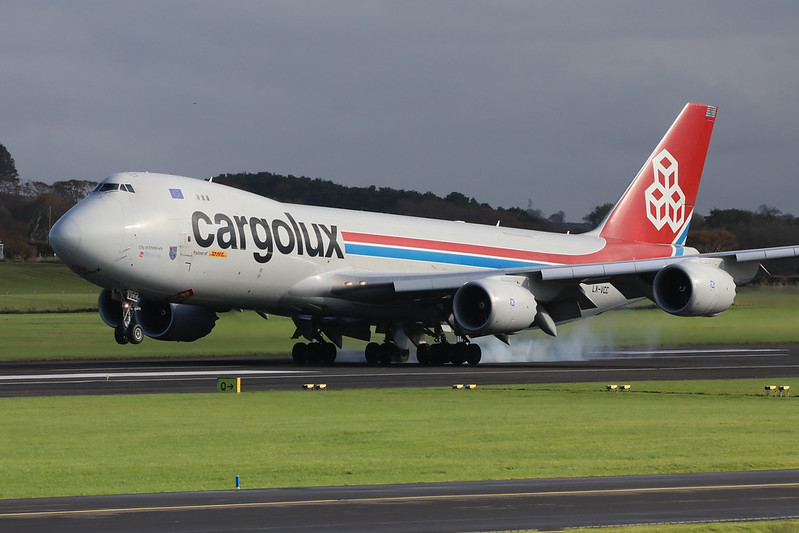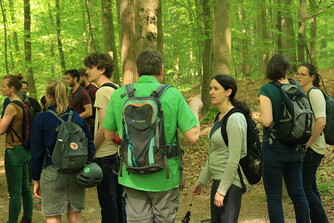Mankind has been utilizing, and often exploiting the earths resources, for perhaps 10,000 years. But only recently, primarily in the last century, has humanity started to somewhat understand the limitations and finiteness of many of the earth's resources. That understanding is developing slowly and perhaps much more slowly than mankind's prodigious use and adulteration of those resources, which often consumes and/or forever alters them. Mankind's needs may be out of sync with earths ability to adapt (evolve) to the pressures being applied. Is there enough, enough resources, enough time, enough understanding? Can we identify activities and processes to provide the needed resources, without compromising the earths ability to continue to provide them. Can we identify Responsibly Sustainable human activities and actions that symbiotically exist with the earth's ecosystems? Can we?
Is there enough?Can the earth supply all the raw materials, withstand the efforts to harvest, transport and develop those materials, consume them, recycle them? Can it support 7+ billion people that is trending to more than 10 billion? Can we preserve the wonders and diversity of nature and humanity at the same time?
|
What the Earth Provides
- Earth surface area 196.94 million square miles
- Land area -29-30% of surface area or approximately 58 million square miles
- Habitable Land - approximately 41 million square mile
- Forested area - approximately 15 million square miles
- Agricultural and Grasslands - approximately 24 million square miles
- Uninhabitable - approximately 17 million square miles
- Water area - 70-71% of earths surface
- Ocean - 139.7 million square miles
- Fresh water - only about 3% of all water, with 1 to 2% of all water tied up as ice
- Land area -29-30% of surface area or approximately 58 million square miles
- Forested Area - approximately 15 million square miles worldwide
- Managed Forests - about 57% of forested area is managed worldwide, 68% in US
- Parks, protected lands - about 16% of forested lands is in legally protected areas worldwide
- Old (original) growth - estimated at 21% of the original old-growth forests remain. Only 10% in US.
- Deforestation rates - varies widely, some countries increase forest levels, some decrease, worldwide deforestation is currently at about 0.1% yearly, or about 18.7 million acres of forests annually, for many reasons. Since prehistoric times earth has lost about 50% of its forested area.
- Biomass produced - estimated at 100 billion metric tons of carbon equivalent per year. Virtually all products used are derived from biomass, oil or minerals.
- Oil reserves - estimated at 1.65 trillion barrels as of 2016. Equivalent to about 47 years of oil left. Estimates change with usage rates and new discoveries and extraction technologies.
- Species/Biodiversity loss - The current rate of global diversity loss is estimated to be 100 to 1000 times higher than the (naturally occurring) background extinction rate.
Who we are and What we consume?
- Human Population - 7.8 billion, est. Expontential growth since 1900, estimates for population in 2100 range from 7.3 to 15.6 billion. https://en.wikipedia.org/wiki/World_population#/media/File:Human_population_since_1800.png
- Forests processed
- Food produce- animal, vegetable
- Minerals consumed
- Oil consumed, annually - since 1859 (first oil well near Titusville PA), worldwide consumption has risen to about 35,442,913,090 barrels of oil annually; about 5 barrels per person annually
- Water
- Power


